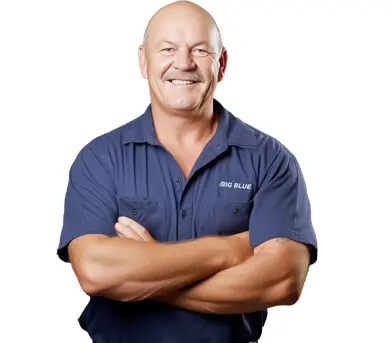Understanding the sewer system in your home is not just useful—it’s essential. We’ll explore the variety of systems available, look at how they function, identify common issues you might face, and offer maintenance tips to keep everything running smoothly.
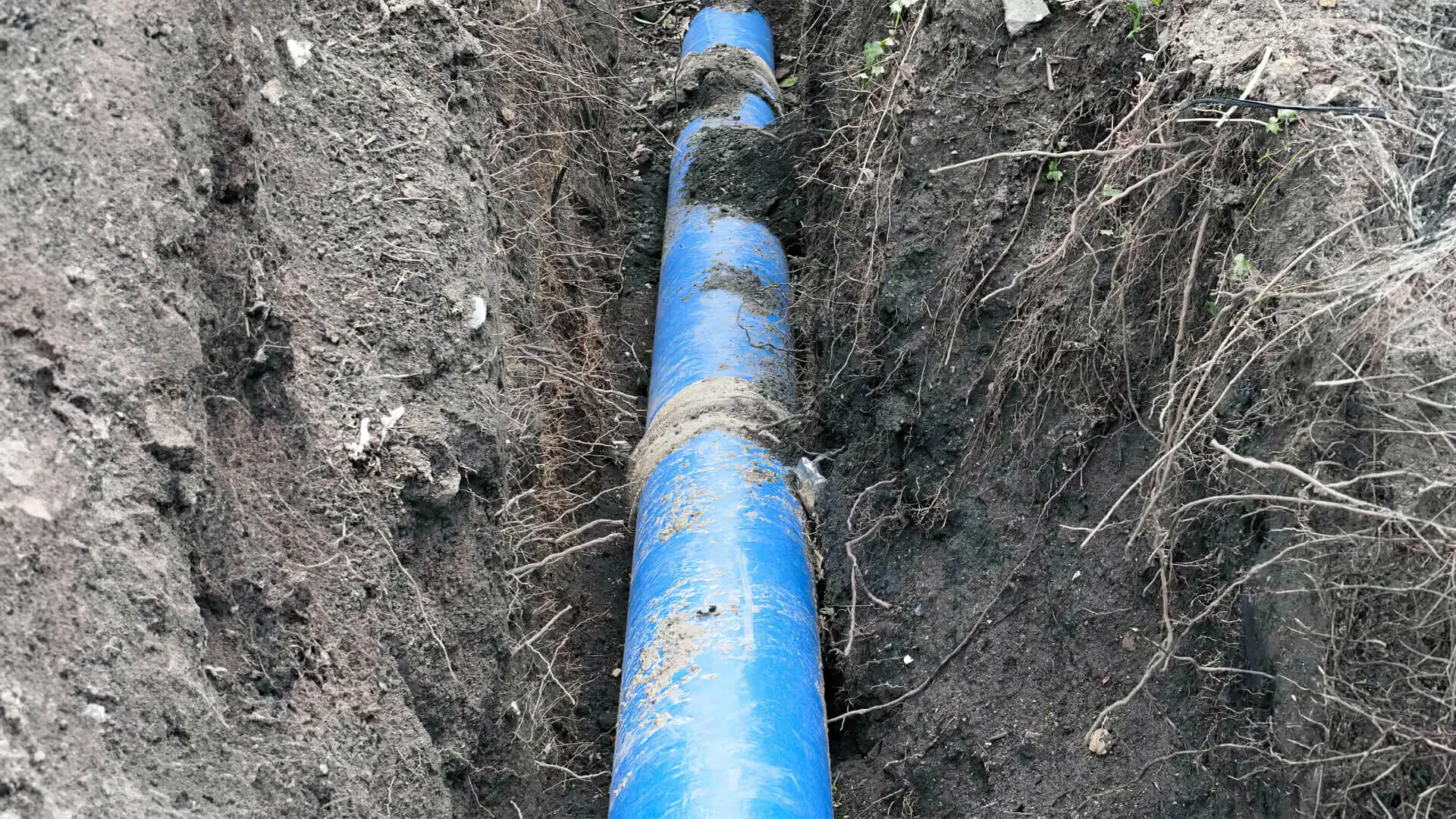
Whether you’re a new homeowner seeking a comprehensive introduction or a seasoned homeowner looking to refresh your knowledge, you’re in the right place. So, let’s dive in and explore the world of sewerage systems, starting with an overview of the various types commonly found in residential properties.
How Sewerage Systems Work
Have you ever wondered how sewerage systems efficiently transport and manage wastewater? Understanding the inner workings of these systems will help you appreciate the complexity involved. The journey of wastewater begins within your home. Water from sinks, toilets, showers, and other fixtures flows through a network of pipes connected to your property.
These pipes carry the wastewater to a central point known as a sewer line.
The main sewer line acts as the primary channel, moving wastewater from several homes to treatment plants. It’s a large underground pipe, running below streets and neighbourhoods, ready to handle a hefty flow of wastewater.
In cases where the terrain’s natural slope is insufficient for gravity-based flow, pumping stations are strategically placed along the sewer line. These sanitary sewer systems house powerful pumps that propel the wastewater forward, overcoming elevation differences and long distances. The pumps ensure a consistent flow towards the treatment facility.
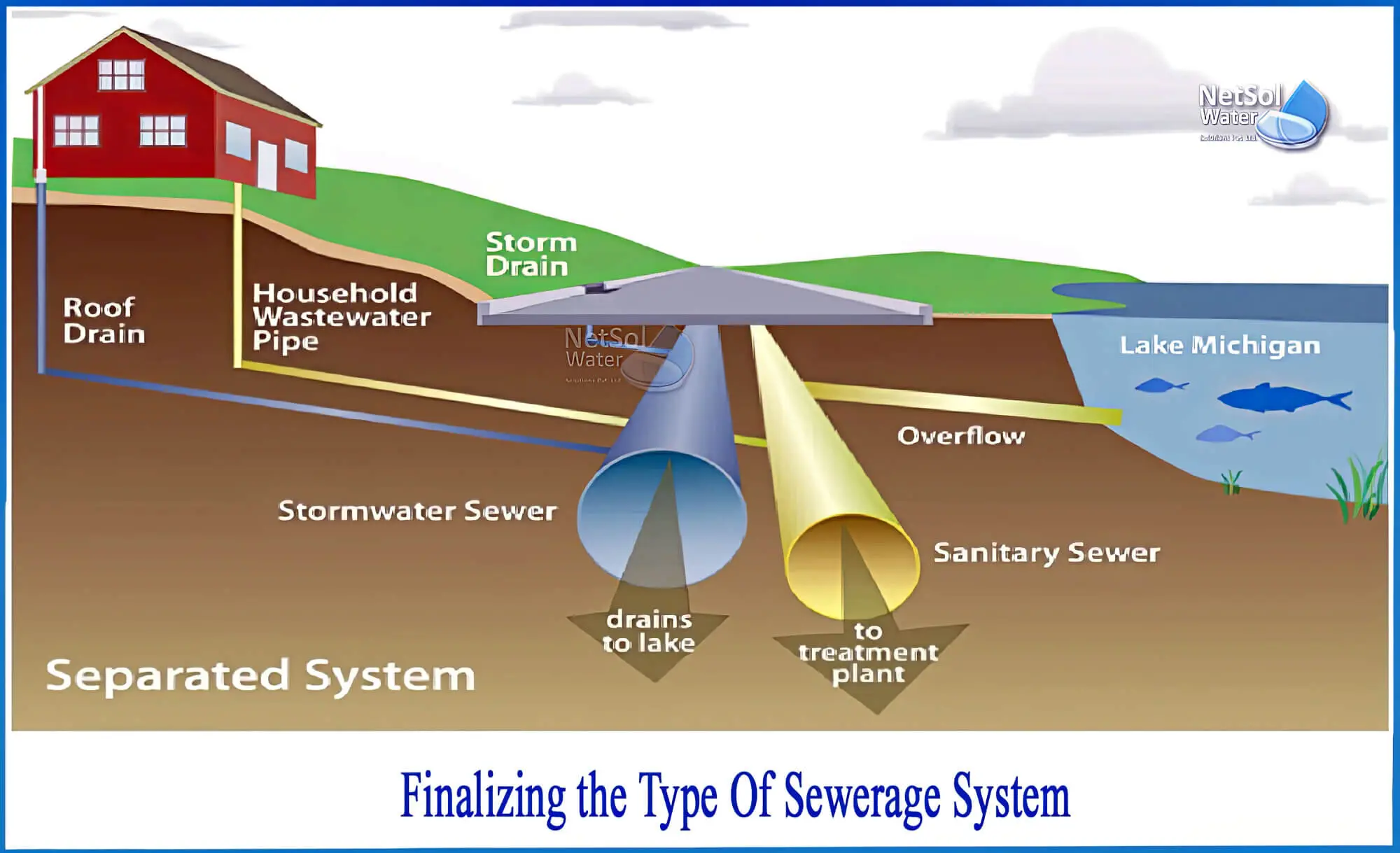
Once the wastewater reaches the treatment plant, a series of processes are implemented to remove impurities and harmful substances.
These processes include screening, settling, biological treatment, and disinfection. The treated water, also known as effluent, undergoes rigorous testing to ensure compliance with environmental standards before being released back into water bodies or recycled for non-potable uses.
Regular inspections are crucial for the smooth operation of sewerage systems. Professionals conduct routine checks to identify blockages, leaks, or structural issues hindering the system’s performance. It’s essential to address these issues promptly to prevent further damage and maintain the system’s efficiency.
The Two Main Types of Sewerage Systems
There are several types of sewer systems typically found in homes. Knowing the differences helps you see how wastewater is managed and moved.
Gravity Sewerage Systems
Gravity sewerage systems are the most common type used in residential areas. Gravity systems rely on the natural downward flow of wastewater. Pipes are laid at a slight slope, allowing gravity to guide the flow from your home to the main sewer line.
These systems are cost-effective and low-maintenance, making them a popular choice. Pressure sewerage systems offer a practical solution in areas with challenging terrain or low population density.
These systems use a network of small-diameter pipes and pumps to transport wastewater under pressure. The wastewater treatment facility pushes the wastewater uphill or across long distances, ensuring efficient flow to the main sewer line.
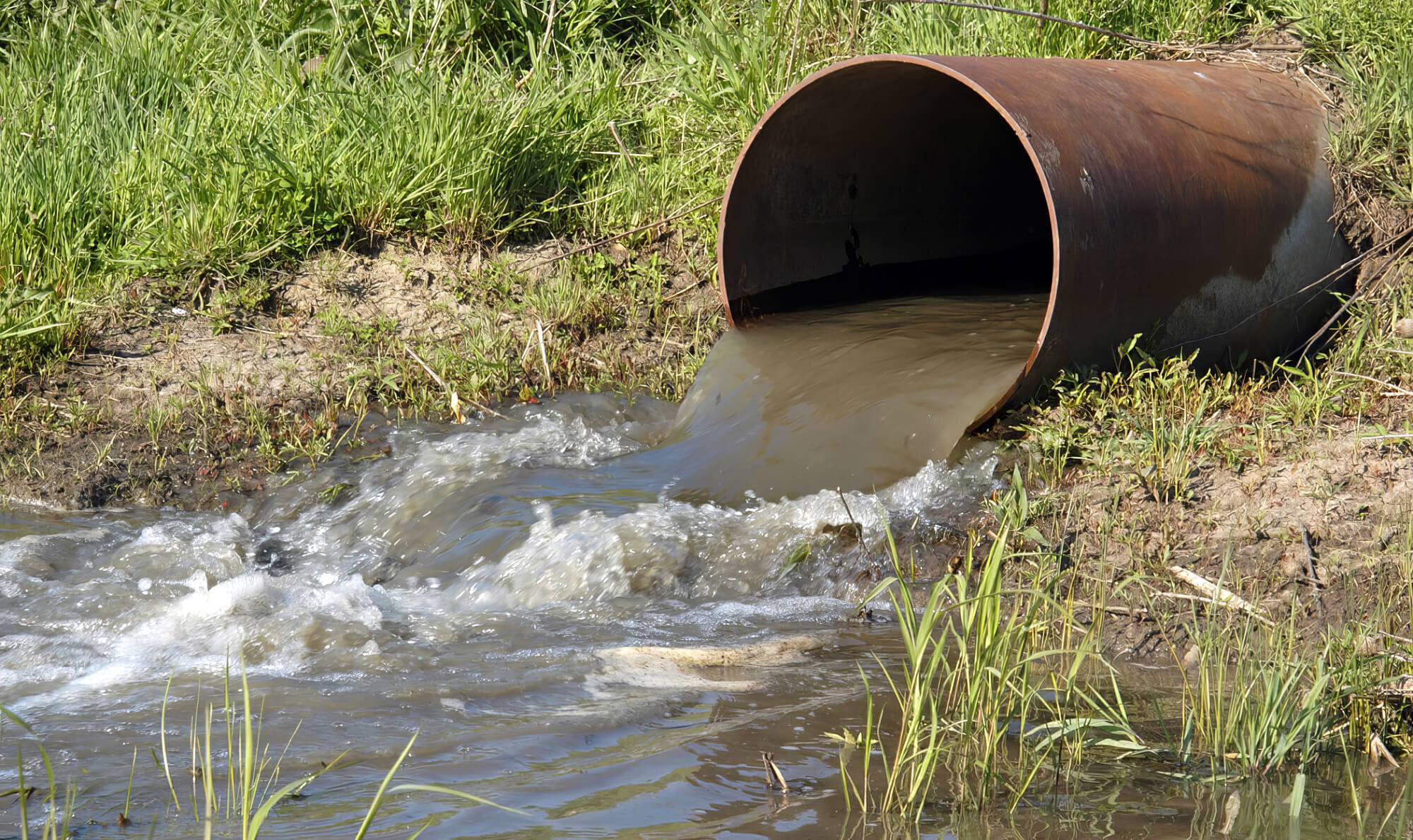
Vacuum Systems
Vacuum systems use a vacuum station to create negative pressure within a network of sealed pipes.
This negative pressure pulls wastewater from individual homes or buildings into a central collection point. Vacuum systems are flexible, making them suitable for areas with varying topography or where traditional gravity systems are impractical.
It’s important to note that the prevalence of each sewerage system type may vary depending on your location, including the Sunshine Coast area. Local regulations and infrastructure development play a significant role in determining the most common system found in your community.
Common Issues and Troubleshooting
While sewerage systems are designed to function smoothly, occasional issues that require your attention may arise. Understanding these common problems and having troubleshooting strategies in place will help you address them effectively.
Blockages occur when foreign objects, debris, or build-up obstruct the wastewater flow through the pipes.
Slow drainage, gurgling sounds, or foul odours are signs of a blockage. To troubleshoot a blockage, you can use a plunger or a drain snake to clear the clog. However, it’s important to exercise caution and avoid using harsh chemicals that may damage the pipes.
If the blockage persists, contacting a professional domestic wastewater plumbing service is best to resolve the issue safely.
Leaks in the sewerage system can lead to water damage, unpleasant odours, and contamination of the surrounding area. Detecting leaks can be challenging as they are often hidden underground. If you notice wet patches, unusual smells, or lush vegetation in unexpected areas of your property, it may indicate a leak. Promptly addressing leaks is crucial to prevent further damage. Contact a professional plumber to locate and repair the leak, ensuring the integrity of your sewerage system.
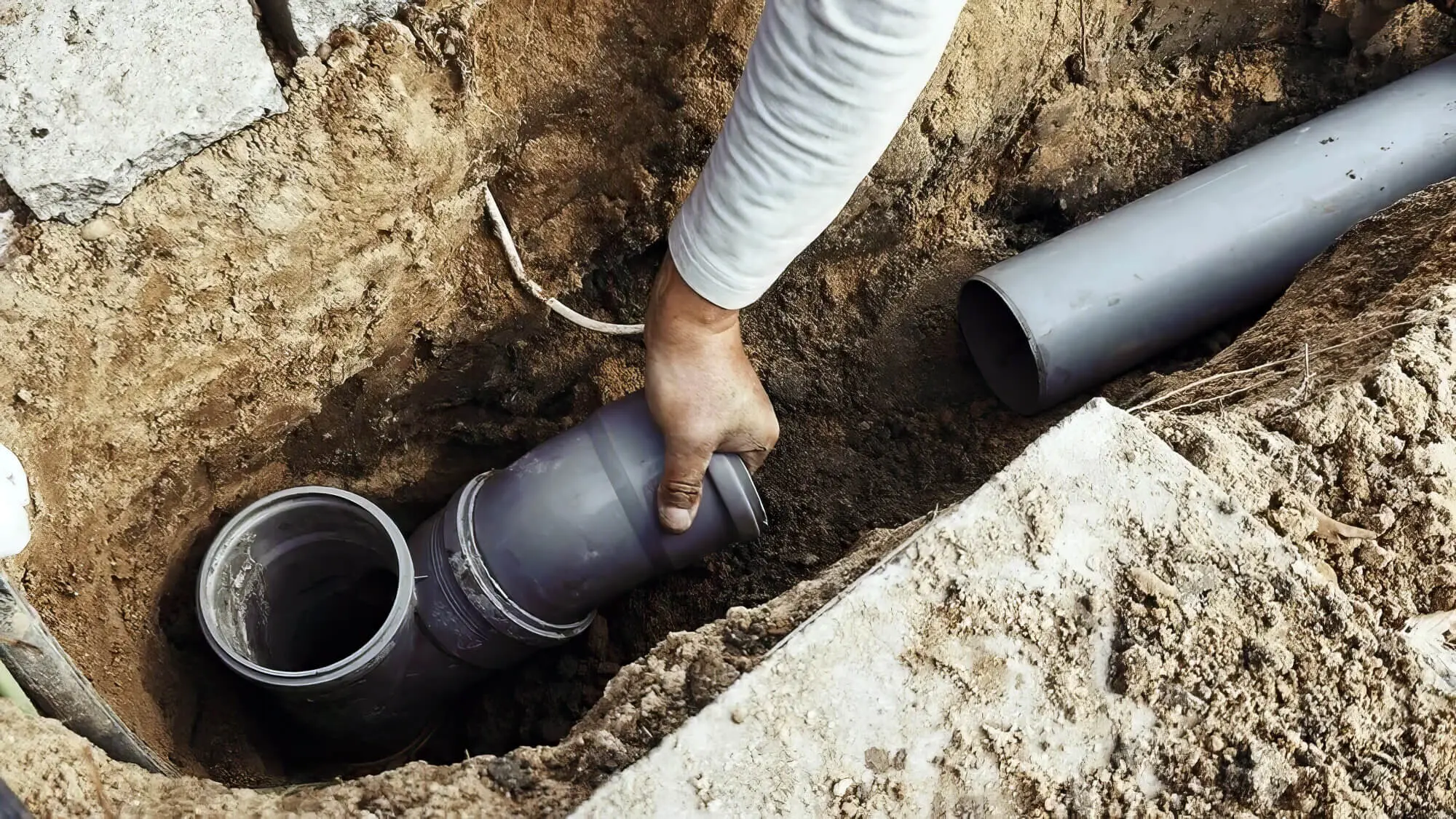
Foul odours emanating from drains or near the sewer line can be unpleasant and indicate underlying issues. Odours may result from dry traps, damaged vents, or blockages in the system. One troubleshooting step is to pour water down infrequently used drains to refill the traps and prevent sewer gases from entering your home.
If the odour persists, it’s advisable to consult a professional plumber who can identify and resolve the root cause.
Sewer backups can be a major inconvenience and pose health hazards. They occur when wastewater flows back into your home instead of being directed away. Common causes include blockages, tree root intrusions, or a damaged sewer line.
If you experience a sewer backup, you must immediately avoid using any plumbing fixtures and seek professional assistance. Plumbing experts have the tools and expertise to resolve the backup safely and restore the proper functioning of your sewerage system.
When dealing with sewerage system issues, it’s crucial to prioritise safety and seek professional assistance when needed.
Maintenance Tips for Homeowners
Proper maintenance ensures your sewerage system’s optimal performance and longevity. By following these essential maintenance tips, you can minimise the risk of issues and keep your system in top shape:
1. Regular Inspections
Schedule periodic inspections by a professional plumber to assess the condition of your sewerage system.
These inspections can help detect early signs of damage, leaks, or blockages that may require immediate attention. Timely identification and resolution of issues can prevent them from escalating into more significant problems.
2. Mindful Flushing
Be mindful of what you flush down your toilets and drains. Avoid flushing items such as wet wipes, feminine hygiene products, paper towels, or grease, as they can cause blockages.
Stick to flushing only human waste and toilet paper. Additionally, use drain covers or strainers to catch hair, food particles, and other debris that can contribute to clogs.
3. Proper Grease Disposal
Dispose of cooking grease properly. Pouring grease down the drain may lead to blockages as it solidifies and accumulates in the pipes. Instead, let the grease cool and solidify, then scrape it into a sealed container and dispose of it in the trash.
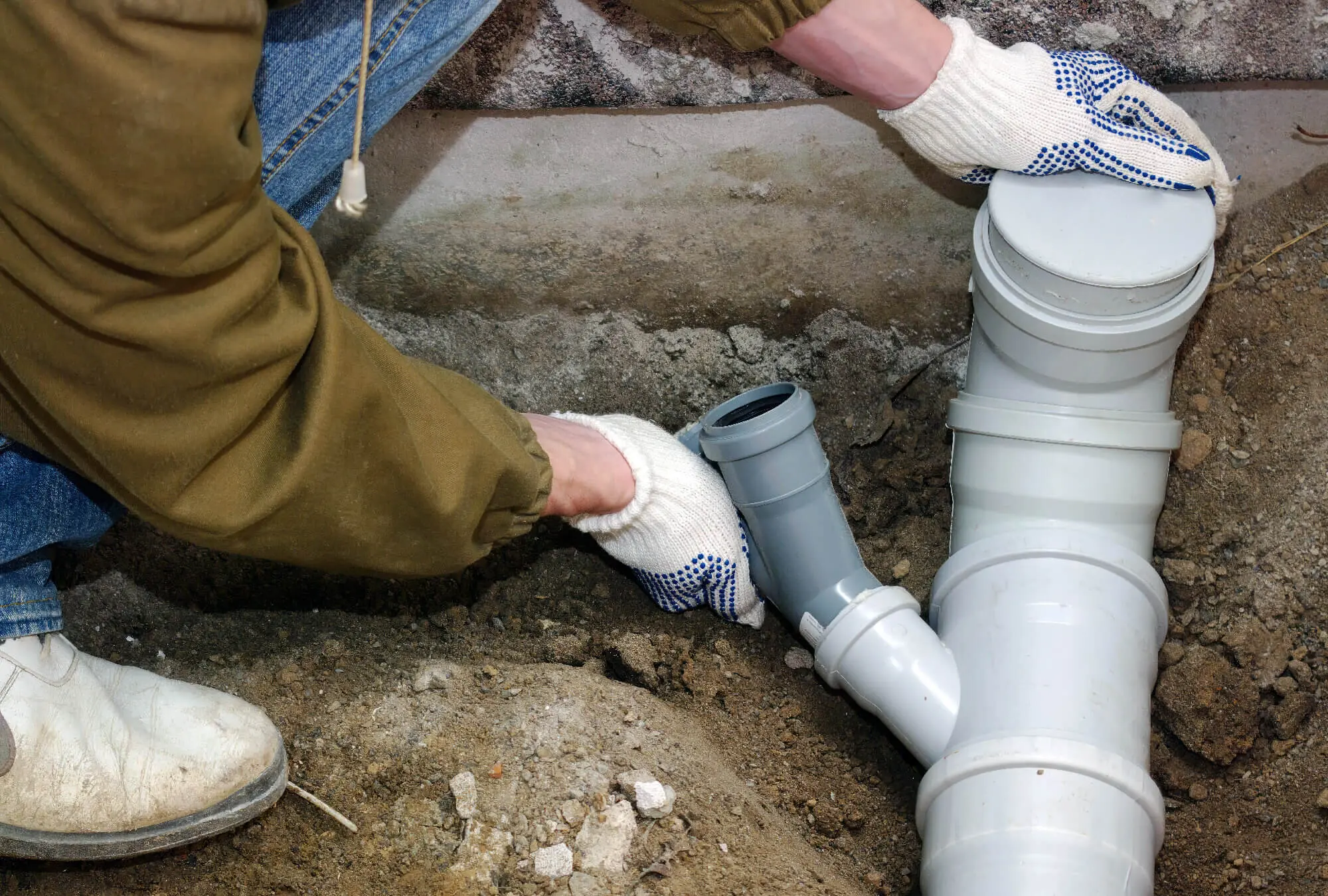
4. Tree Root Management
If trees are near your sewerage system, proactively manage tree root intrusions. Tree roots can infiltrate sewer lines, causing blockages and damage. Consult an arborist to trim or remove trees with invasive root systems, reducing the risk of root-related issues.
5. Educate Household Members
Educate everyone in your household about what should and should not be flushed or poured down drains. Encourage responsible habits to prevent accidental damage to the sewerage system.
6. Professional Maintenance
Schedule regular professional maintenance for your sewerage system. Professional plumbers can perform thorough cleaning, root removal, and preventive treatments to keep your system running smoothly.
Consider opting for a maintenance plan that includes periodic inspections and servicing tailored to your specific system.
Implementing these maintenance tips can significantly reduce the likelihood of encountering sewerage system problems. However, if you experience any issues, don’t hesitate to contact our expert plumbing services for prompt assistance.
Fix Your Sewerage System With Big Blue Plumbing
You’ve now comprehensively understood sewerage systems and how they function in residential properties.
By familiarising yourself with the different types of systems, their operation, common issues, and maintenance tips, you are better equipped to make informed decisions and ensure the longevity of your sewerage system.
A well-maintained sewerage system improves your home’s comfort, convenience, and overall functionality. Take the knowledge you’ve gained from this guide and put it into practice to ensure the smooth operation of your sewerage system for years to come.
If you require assistance, whether addressing an issue, conducting inspections, or seeking professional maintenance, don’t hesitate to contact us. Our friendly team is ready to help you with any sewerage system concerns.
